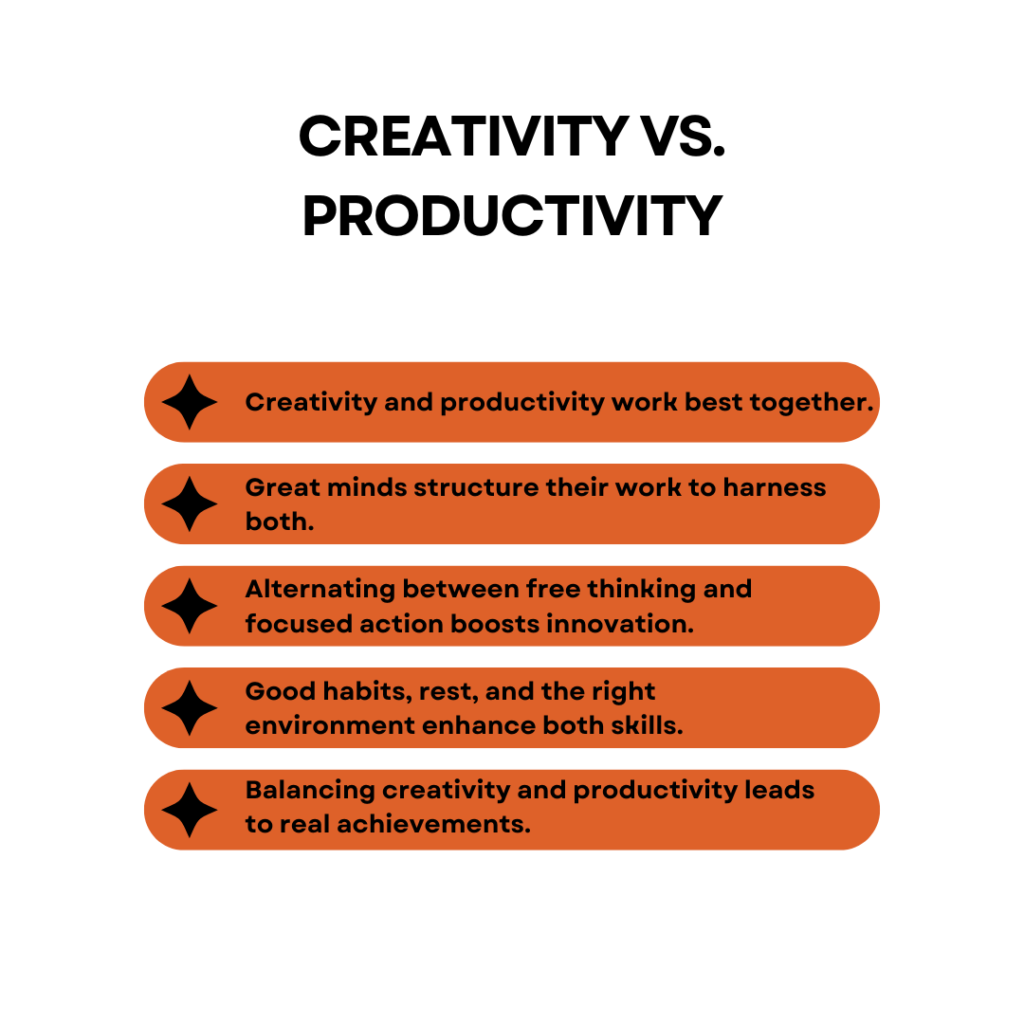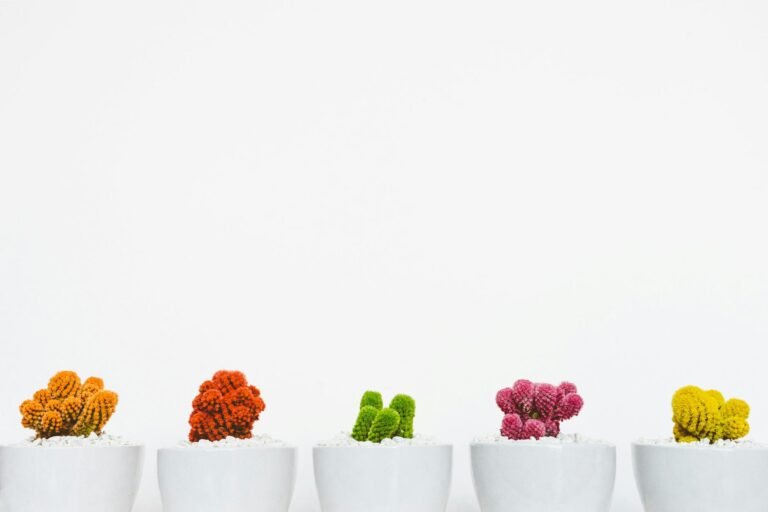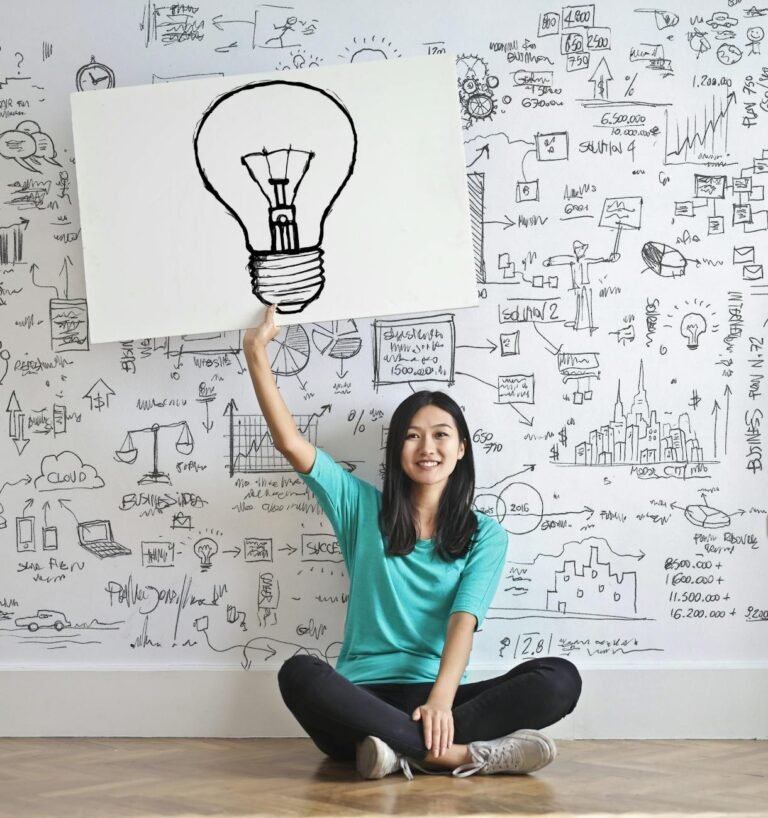
Creativity vs. Productivity
The Illusion of Choice

For a long time, people believed that creativity and productivity were opposites. Creativity, intuitive and free, evokes the wandering mind and flashes of genius appearing out of nowhere. Productivity, on the other hand, is methodical and rigorous, associated with tight schedules and to-do lists. However, this dichotomy is misleading. The greatest minds have managed to combine these two forces to transform abstract ideas into tangible achievements. History is full of examples of great creators who structured their work methodically to fully exploit their inventive potential. Understanding how to merge these two aspects enables individuals to sustain both inspiration and efficiency over time.
Read also : How Does Mental Health Affect Physical Health?
The Impact of Their Combination
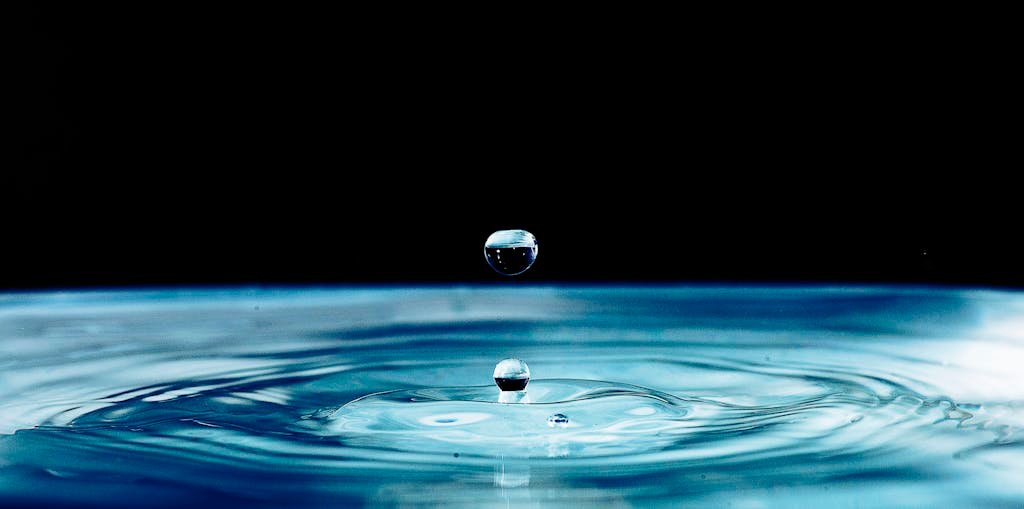
Scott Belsky, author of Making Ideas Happen, proposes a simple yet powerful equation: Creativity x Productivity = Impact. An idea, no matter how innovative, has value only if it takes shape. Similarly, productivity without vision leads to sterile repetition. Neuroscience research confirms this approach: creativity relies on divergent thinking, while productivity requires convergent thinking. The most innovative minds skillfully navigate between the two, switching between free association and disciplined execution.
Studies on brain activity show that moments of relaxation and daydreaming foster the emergence of novel ideas. Conversely, executing those ideas effectively requires an organized and methodical approach. Leonardo da Vinci, for instance, filled entire notebooks with ideas before turning them into concrete projects. This iterative process—where creativity sparks innovation and productivity refines it—has been fundamental in shaping groundbreaking work across multiple disciplines.
Read also : Productivity vs Efficiency – What’s the Difference?
Debunking the Myth of Constant “Flow”

Popular culture often glorifies sudden inspiration. We picture the writer struck by a muse or the engineer who finds the perfect solution in the middle of the night. In reality, creative breakthroughs stem from structured work. Thomas Edison put it best: “Genius is 1% inspiration and 99% perspiration.” Studies on the psychology of creativity show that ideas emerge more frequently when we alternate between exploration and execution phases, rather than relying on random bursts of inspiration.
Moreover, “flow” is not a constant state. It is built and cultivated through regular work habits. Alternating between free-thinking periods and focused action helps optimize creativity without sacrificing productivity. Creative professionals often schedule brainstorming sessions followed by execution periods to ensure continuous progress. The structured repetition of this process enables the mind to balance imaginative leaps with practical implementation.
Read also : Why Stress Is Good
Strategies to Harmonize Creativity and Productivity
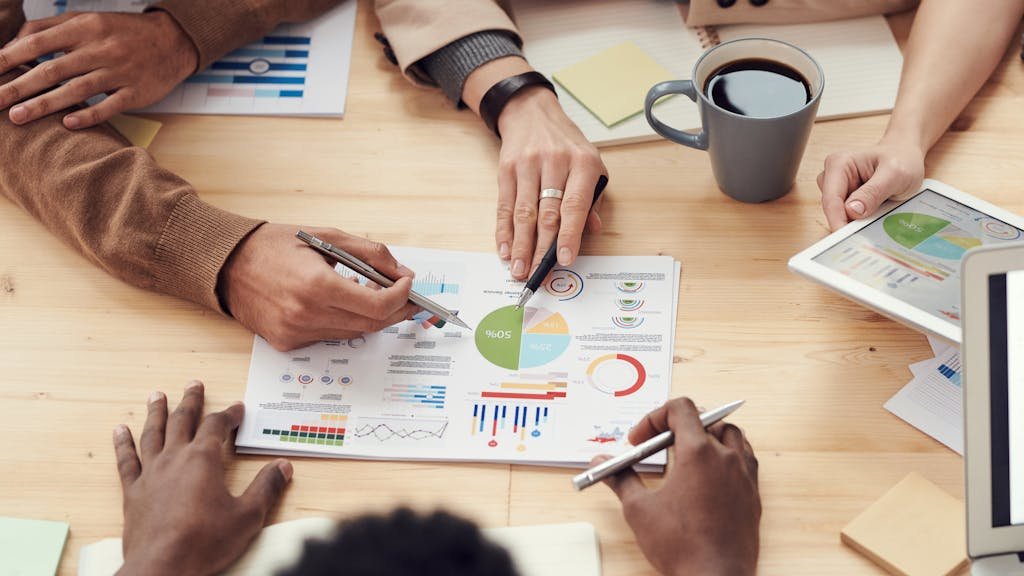
- Structured Time for Mental Freedom
Figures like Maya Angelou and Haruki Murakami demonstrated the importance of routines. Angelou rented a hotel room every morning to write without distractions, while Murakami followed a rigid schedule of work and exercise. Structuring time frees the mind from trivial decisions and optimizes creative moments.
Establishing daily rituals triggers the mental state necessary for creativity. Many artists and scientists have adopted strict habits that helped them overcome writer’s block and other creative obstacles. When creativity is scheduled rather than left to chance, individuals can train their minds to generate ideas more consistently.
- Incubation as a Strategic Tool
Letting an idea mature is essential. Cognitive psychology research shows that the “incubation effect” enhances complex problem-solving. Putting a task aside allows the subconscious to work in the background, fostering new connections.
Many scientific discoveries have resulted from this approach. Einstein, for example, loved playing the violin when he was stuck on a problem. This shift in activity encouraged new insights. Similarly, many authors step away from a manuscript before revising it, allowing fresh perspectives to emerge.
- Rapid Experimentation and Iteration
Entrepreneurs and designers embrace the logic of prototyping. Instead of waiting for the perfect idea, they test imperfect versions and learn from feedback. Pixar applies this approach: every film goes through hundreds of iterations before reaching its final form.
Gradual improvement refines creativity while maintaining consistent output. In software development, methodologies like Agile and Lean Startup rely on this principle of rapid iteration. This process ensures that ideas do not stagnate but continuously evolve into their best possible versions.
- The Environment as a Catalyst
Workspaces directly influence creativity. Steve Jobs encouraged spontaneous encounters by favoring open office spaces. In contrast, thinkers like Carl Jung sought solitude in their “ivory towers.” The key is to understand one’s own working style and create a suitable environment.
Some thrive in stimulating, lively spaces, while others need calm and solitude. Finding the ideal environment often requires some adjustments and experimentation. The ability to modify one’s surroundings to optimize focus and creativity can have a significant impact on long-term output.
- Energy and Biological Rhythms
Chronobiology research shows that creativity and productivity follow distinct cycles. Mornings are ideal for analysis and execution, while original ideas often emerge later in the day or after a period of relaxation. Optimizing one’s schedule based on their natural rhythm maximizes performance.
Many famous creators, like Beethoven or Hemingway, structured their days around these natural cycles, alternating between intense concentration and moments of relaxation. Understanding personal energy levels and adjusting workloads accordingly can significantly enhance both creative output and efficiency.
Read also : Mental Health Is Not a Joke
The Importance of Emotional Balance

Too often, mental exhaustion is seen as a badge of honor. However, cognitive fatigue harms both creativity and productivity. Positive psychology studies show that emotions influence our ability to generate ideas. A relaxed and curious mindset promotes lateral thinking, which is essential for innovation.
Techniques like meditation, nature walks, or listening to music help cultivate a mental state conducive to creativity. A stable emotional balance allows us to fully harness our potential. Prioritizing mental well-being not only enhances productivity but also ensures that creativity remains sustainable over time.
Read also : The Difference Between Habit and Addiction
A Story to Illustrate This

Take the example of Vincent, a freelance designer. For years, he struggled with feeling either inspired but ineffective or ultra-productive but creatively empty. By integrating active reflection phases into his schedule and applying testing and iteration cycles, he transformed his working method. Today, he manages his projects better while leaving room for the unexpected, which is essential for creation.
Vincent now alternates between structured work sessions and free-thinking periods. He has also learned to recognize signs of mental fatigue and adjust his pace accordingly. Additionally, he has set up a workspace that fosters creativity while maintaining productivity, allowing him to work more efficiently without sacrificing innovation.
Read also : How to Be More Confident: 10 Tips That Work
Conclusion
Rather than seeing creativity and productivity as opposing forces, we should view them as complementary partners. One fuels the other, and their balance is the key to turning ideas into tangible achievements. Mastering this balance allows us not only to maximize our impact but also to evolve in a more harmonious and fulfilling way.
Adopting a methodical approach while allowing room for spontaneity helps optimize performance without sacrificing inspiration. Ultimately, it is the constant interplay between vision and action that leads to the greatest accomplishments. By understanding and applying strategies that harmonize these two forces, individuals can unlock their full creative potential while maintaining high levels of productivity.
If you want to go further, here’s a guide. To get it, click here!
